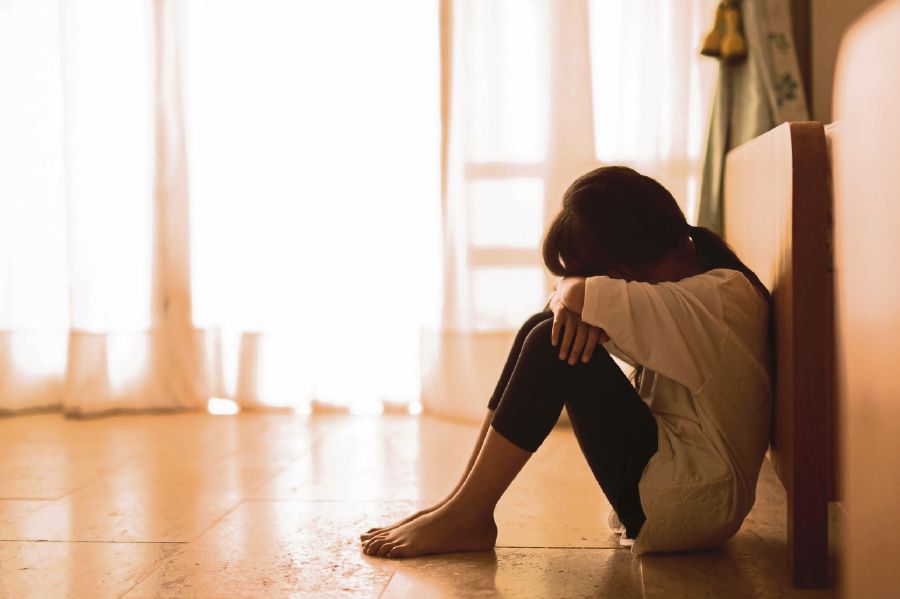THE growing prevalence of information and communication technology (ICT) in the daily lives of even children entails an urgent awareness of the opportunities and risks that it brings. The primary promise of ICT is as facilitator and accelerator of information, education, knowledge, growth and innovation.
But, it can also be used to disrupt systems through distributed denial of service attacks (when multiple systems flood the bandwidth or resources of a targeted system, usually one or more web servers), and as the Stuxnet malware showed, even potentially destroy a nuclear facility.
There is also a dark, unsavoury side. The dark web, which hosts a collection of websites masked by anonymity and encryption, is abused and used for many layers of criminal activity — from illegal drug trade and assassins-for-hire to the sexual exploitation of children.
Child pornography is abominable enough, but studies and reports, including by the Internet Watch Foundation, have shown that some of the most vicious images and videos of abused children are traded online for obscenely lucrative profits. Last year, Interpol revealed that Malaysia ranked third in Southeast Asia for the ownership and distribution of child pornography.
Every image and video of child pornography posted online is heartbreakingly sustained by actual child sexual abuse offline. Many of these acts of abuse, however, do not get prosecuted in the courts of law. Last year, Reuters reported that between 2012 and mid-July 2016, only 140 of about 12,000 cases of child sexual abuse reported to police resulted in conviction. This meagre rate signals a possible need to reassess our criminal justice system.
Last week, the Dewan Rakyat passed the landmark Sexual
Offences against Children Bill 2017, tabled by Minister in the Prime Minister’s Department Datuk Seri Azalina Othman Said, and supported by lawmakers from both sides of the political divide.
The bill was framed to enhance the protection of children from sexual abuse. It covers all the important elements to safeguard a child against physical and non-physical offences, including grooming, touching and stalking. The bill also covers extraterritorial application, which means if an offence under the bill is committed by a Malaysian against a child outside the country, the person may be dealt with as if the offences were committed on Malaysian soil.
To put it simply, the law is exercisable beyond Malaysian borders. Furthermore, several provisions in the Penal Code were amended to ensure expeditious prosecutions; an encouraging step to curbing backlogs as reported last year.
Importantly, there is a myriad of child sexual offences contained in the bill extending to the consumption of online child pornography. This particular category includes, but is not limited to, the viewing, production, sale and storage of such materials considered a prelude to child sexual abuse.
Prior to the bill, Malaysia regarded all pornography as illegal. The laws dealing with this offence and other activities under the category of obscenity could be found in The Printing Presses and Publications Act 1998 (PPPA), Film Censorship Act 2002 (FCA) and Penal Code. Both the Communications and Multimedia Act (CMA) 1998 and Content Code were formulated to generally address obscenity in cyberspace, but lacked in terms of apprehending those involved in child pornography. There was, therefore, no exclusive law criminalising child pornography.
Child abuse — sexual abuse, in particular — is abhorrent, forming repulsive fantasies of incest, assault, sadism and bestiality being perpetrated against a child.
However, curbing online child pornography is a global challenge. In some jurisdictions, the censorship of websites — even those depicting child obscenity or pornography — is argued as an infringement of civil liberties.
In Malaysia, the government has promoted a non-censorship policy of the Internet under the auspices of the CMA, the Bill of Guarantees when it established the Multimedia Super Corridor and the Film Censorship Act 2002. However, over the past few years, growing public concerns prompted the government to ban pornographic websites.
Although access to the majority of pornographic websites is denied, there are always ways to bypass these restrictions. In the case of protecting children online, stringent measures are needed to ensure a safer Internet surfing environment.
The newly passed Sexual Offences against Children Bill 2017 adequately fills the gap at this stage. As the landscape of criminality evolves, there should be forthcoming enhancements to tackle the issue of child sexual abuse more holistically.
For a start, there should be a constructive approach from the government, civil society and private sector to advance and propagate a set of good practices online regarding child sexual abuse and child pornography, to socialise awareness of the issue, to dissuade any sway of thought that child pornography is even tolerable, and to emphasise the symbiosis of the online and offline realms.
This article first appeared in The New Straits Times on 12 April 2017





